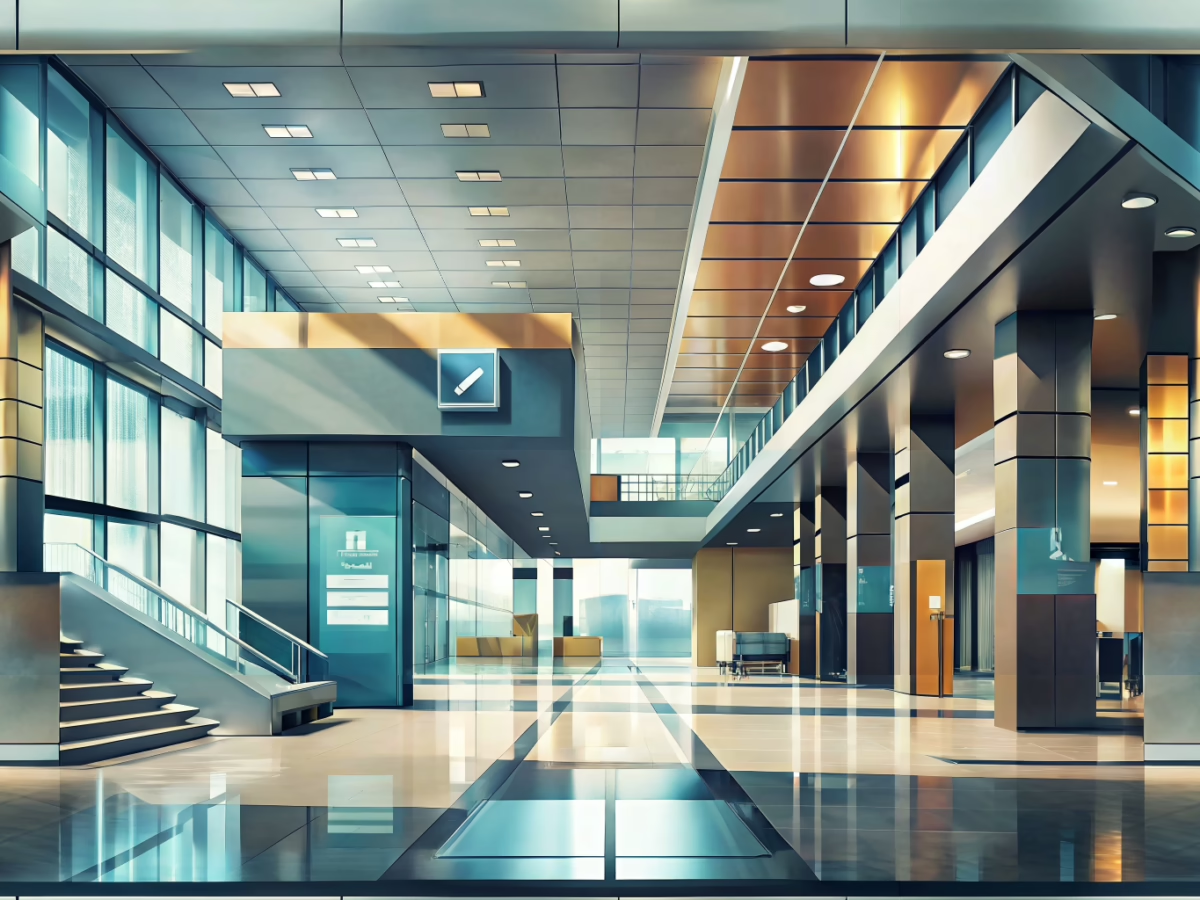Navigating the Art of Wayfinding: Mastering Signage Design
The Magic Behind Seamless Navigation
Have you ever strolled through a museum or gallery and found yourself effortlessly guided by the signs, as if they were whispering directions in your ear? The secret to this seamless experience lies in the art of wayfinding signage design. In this piece, we unravel seven expert tips to transform your wayfinding signage into a masterpiece of navigation, ensuring your visitors never feel like they’re wandering through a maze. With a focus on keywords like wayfinding signage and wayfinding design, we aim to provide a rich tapestry of insights to optimize your navigation systems.
Crafting a User-Centric Journey
Wayfinding is not just about placing signs; it’s about crafting a journey that feels intuitive and user-friendly. Imagine a checklist that guides you through the essentials of wayfinding design, emphasizing a user-centric approach, clarity, strategic placement, and regular maintenance. These elements are the brushstrokes that create a seamless navigation experience.
The Art of Understanding Your Audience
-
Embrace the User’s Perspective
Begin your design journey by stepping into the shoes of your users. Conduct interviews and create personas to ensure your wayfinding signage is inclusive and meets diverse needs. This user-centric approach is the cornerstone of successful wayfinding design.
-
Simplicity Speaks Volumes
In the world of signage, clarity and simplicity are your allies. Employ a consistent design language with a clear hierarchy to make signs easily digestible. This ensures users can quickly absorb the information they need, like a well-composed piece of art.
-
Strategic Placement: The Key to Visibility
Position your signs at decision points where guidance is crucial. Consider factors like height and lighting to ensure they are visible and accessible. This strategic placement is the secret ingredient that enhances the effectiveness of your wayfinding signage.
-
Maps and Symbols: The Universal Language
Incorporate maps, legends, and symbols to provide context and aid navigation. These elements act as a universal language, helping users orient themselves and make informed decisions about their route.
-
The Technological Touch
Embrace the future by integrating AI-powered systems into your wayfinding design. Technology can offer real-time updates and personalized navigation, elevating the user experience to new heights.
-
The Importance of Regular Maintenance
Like any masterpiece, your signage requires regular care. Conduct audits to ensure accuracy and durability, using materials that withstand the test of time. This ensures your wayfinding signage remains reliable and trustworthy.
-
Infusing Creativity into Design
Let your creativity shine by incorporating innovative designs that make your signage engaging and memorable. Reflect your brand identity and prepare for emergencies with clear, concise instructions.
Questions to Challenge Your Design Vision
To ensure your wayfinding signage is a work of art, ask yourself these critical questions:
- Are the design choices resonating with user needs?
- Is the design clear and consistent?
- Are signs strategically placed for optimal visibility?
- Is technology seamlessly integrated?
- Are maintenance and updates regularly conducted?
- Is the design both creative and engaging?
The Final Brushstrokes
In essence, effective wayfinding signage is a blend of user-centric design, clear principles, strategic placement, and regular maintenance. By following this checklist, you can elevate your wayfinding design and enhance the visitor experience.
For more insights, explore our comprehensive guide on wayfinding signs or join our newsletter. Remember, optimizing your wayfinding signage is not just about aesthetics; it’s about crafting a seamless navigation experience that reinforces your brand and delights your visitors.

